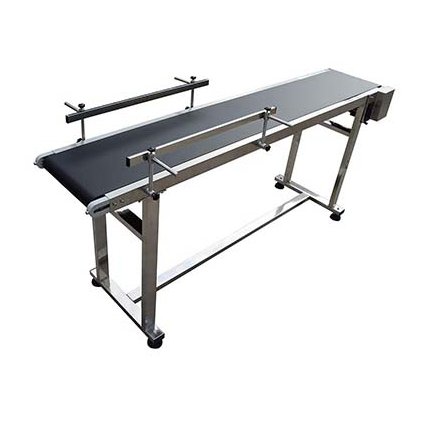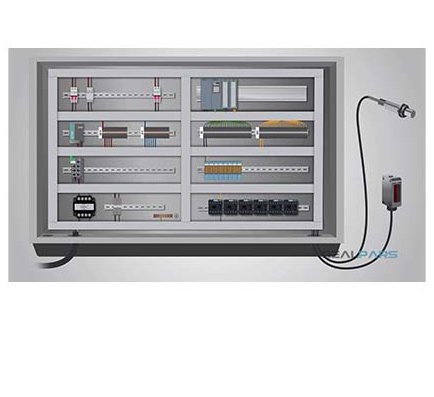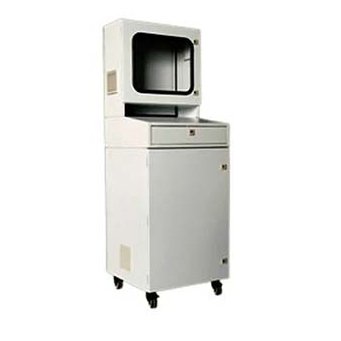- 9.00 to 9.00 (Mon_Sat)
- M/F unit: No 20c,MKB Nagar, Thiruudivakkam, Chennai, India.
- View On Map
-
Mail Us On
msfactoryautomations@gmail.com
-
Make a Call
+91-978-955-3926
- 9.00 to 9.00 (Mon_Sat)
- M/F unit: No 20c,MKB Nagar, Thiruudivakkam, Chennai, India.
- View On Map
-
Mail Us On
msfactoryautomations@gmail.com
-
Make a Call
+91 978-955-3926
Belt Conveyor
Live bottom trucks and self-unloading bulk freighters both use belt conveyors. In addition to being utilized on several production assembly lines, belt conveyor technology is also employed in conveyor transport applications like escalators and moving sidewalks. Among the benefits are: Moving goods over vast distances at a low cost is one of its advantages. Transporting doesn't harm your merchandise in any way. Elevation variations are possible with the conveyor. Conveyor belts are effective mechanical handling devices that move constantly and are used to move goods automatically from one location to another.
In a driving mechanism, belt pulleys are used to transfer power from one source to another. They are typically employed in automobile engines, such as those found in vehicles, trucks, and buses, and are pulled by roles and gears. The speed, power, and spacing between the shafts of a pulley determine its kind. The belt conveyor operates on a straightforward principle: an idler pulley is powered by a motor and moves the length of the belt as a result. Friction between the idler pulley and the moving surface beneath the conveyor generates the force that moves the conveyor.
Enormous-duty bulk materials are mostly transported over long distances and continuously in cement plants via belt conveyors, which must be able to withstand the enormous impact these materials place on the belt. Conveyor belts for cement must also be extremely resistant to heat and corrosion. Rubber, PVC, polyester, and cotton are just a few of the materials that can be used to make conveyor belts. Conveyor belts come in four primary varieties: timing belts, modular belts, flat belts, and V-belts.



